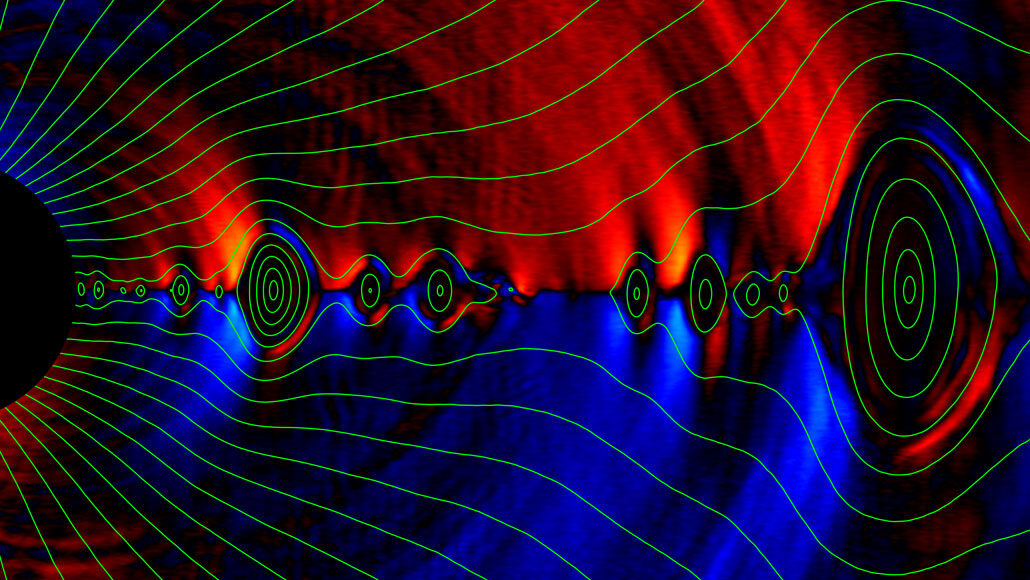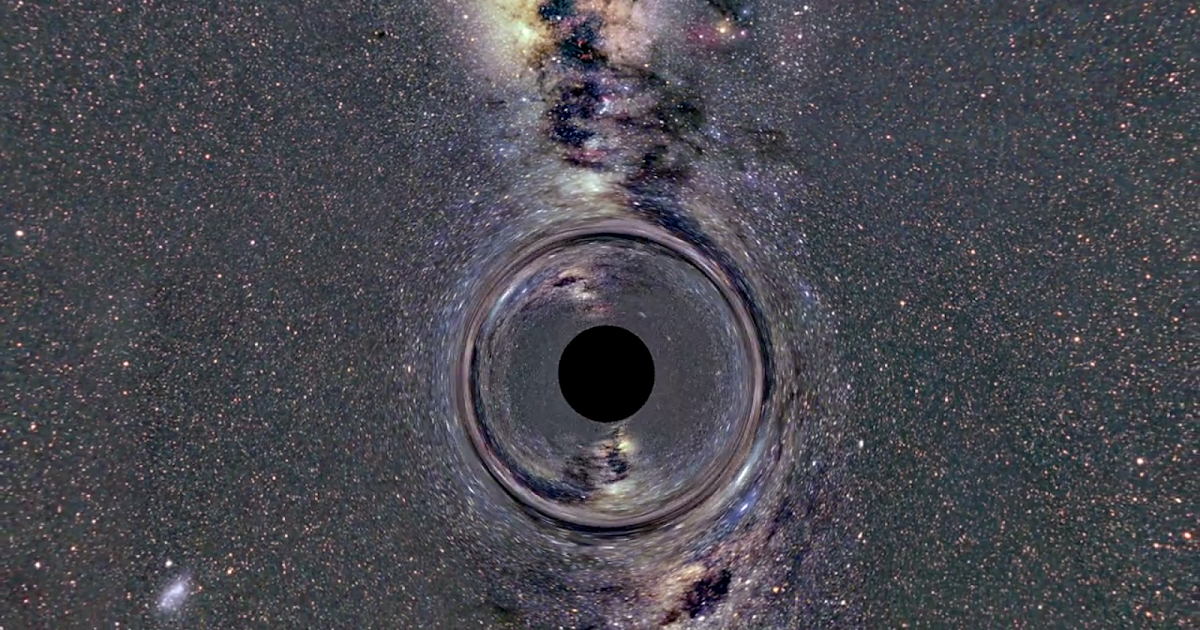


Īsymptotic silence also showed up in simple big bang models of the Universe emerging from a singularity and had an important influence on modern cosmology. The team also expected spacetime to act chaotically as you approach the singularity–it should contort at rates that keep changing abruptly, rather than smoothly. In the 1970’s, however, a Russian team conjectured that essentially all singularities exhibit asymptotic silence: As you approach the singularity, signals cannot travel indefinitely but face an increasingly limited “sphere of influence,” thanks to the hugely distorted “fabric” of spacetime.

The detailed properties of singularities depend on the full set of equations of general relativity, which are usually too complex to solve without some drastic simplifying assumptions. A better understanding of singularities could eventually point to a correct solution to the disaccord between relativity and quantum mechanics.Īny critical concentration of mass, such as in the collapse of a massive star, will result in a singularity–essentially a gap in the universe that an observer cannot cross without ceasing to exist. In the 11 February PRL, a team of physicists and mathematicians says it has new evidence for the hypothesis, which also applies to other “singularities” such as the starting point of the big bang. According to the so-called asymptotic silence hypothesis, spacetime becomes so contorted that signals can’t travel any significant distance–not even from your mouth to your ears. They say in space no one can hear you scream, but if you are falling into a black hole, you can’t even hear yourself. According to computer simulations, observers falling into a black hole cannot send or receive signals beyond an increasingly limited realm.


 0 kommentar(er)
0 kommentar(er)
